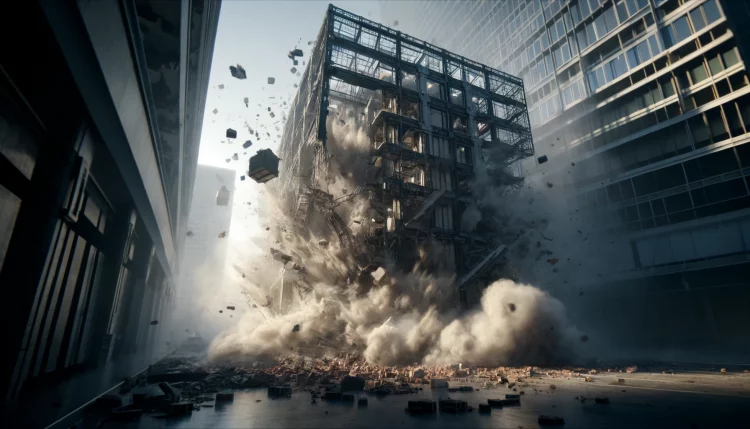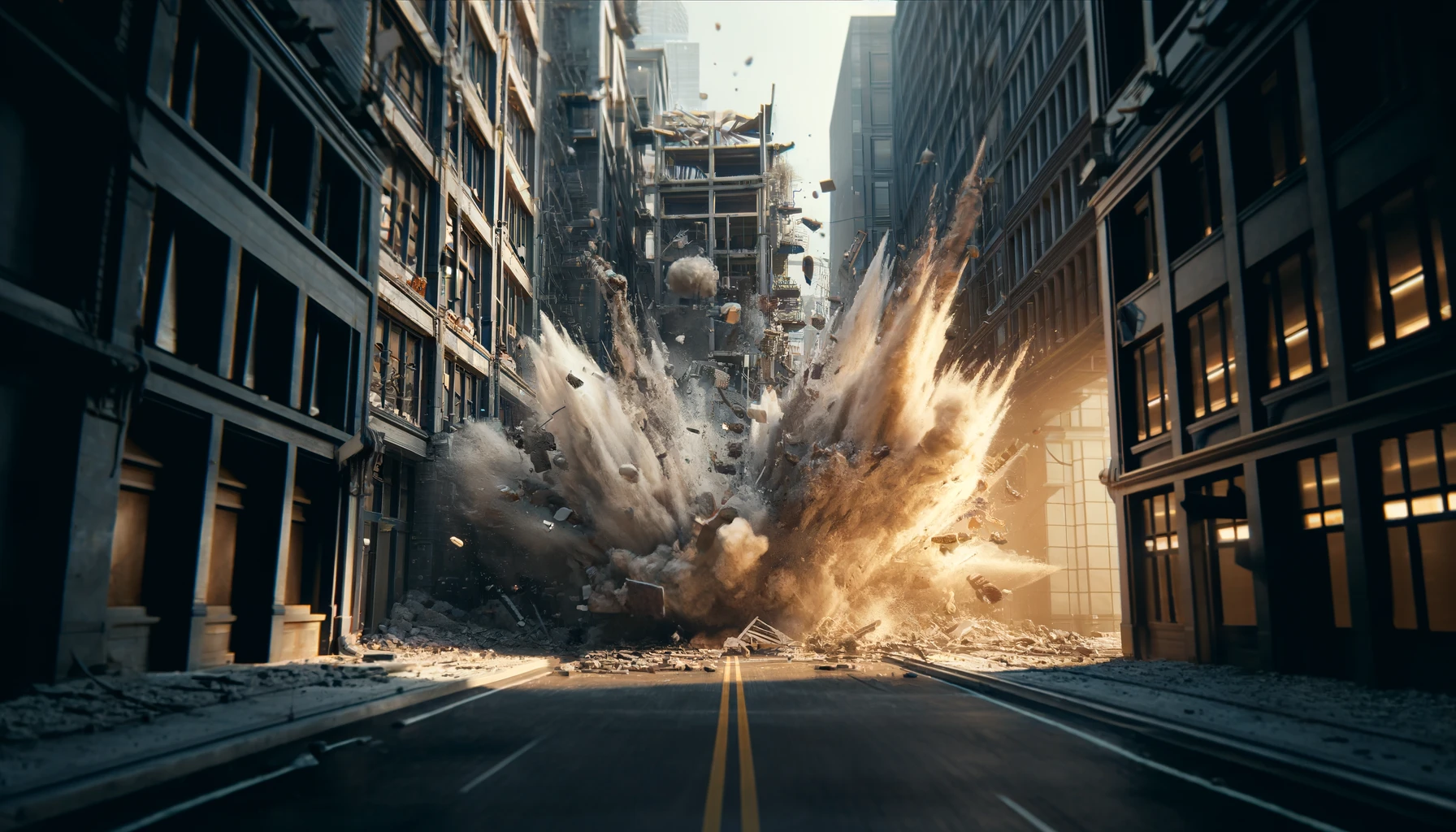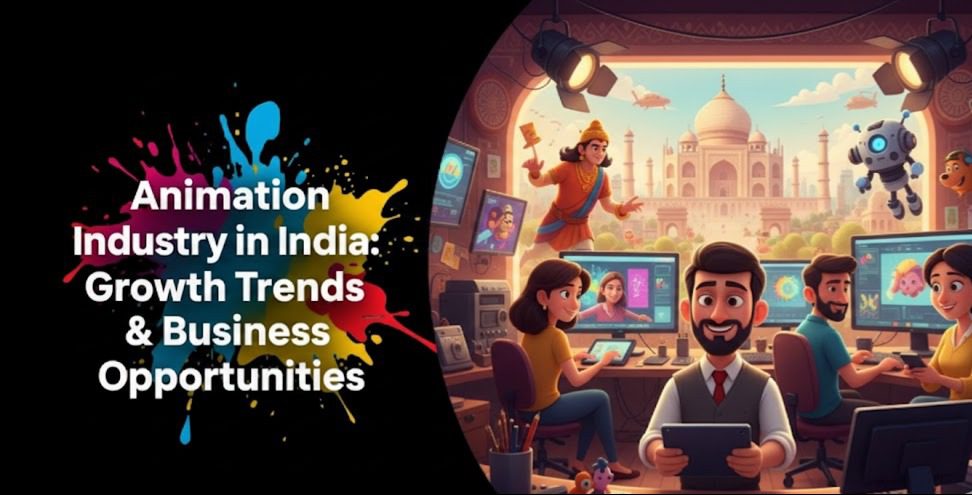Right Rigid Body Dynamics VFX
Rigid body dynamics VFX is a crucial component in modern filmmaking, enabling the creation of realistic simulations of physical interactions between objects. From explosive action scenes to subtle environmental interactions, the right rigid body dynamics can elevate the visual impact of your film. This guide aims to help filmmakers navigate the complex process of choosing the right VFX provider for their projects, ensuring that the end results meet both technical and artistic standards.
Understanding Rigid Body Dynamics in VFX
Rigid body dynamics is a branch of physics that deals with the motion and interaction of solid objects. In the context of VFX, it refers to the simulation of these physical behaviors to create realistic movements and collisions in a digital environment. These simulations are essential for scenes involving:
- Explosions and debris
- Collapsing buildings
- Vehicle crashes
- Falling objects
- Environmental interactions (e.g., rocks tumbling down a hillside)
Why Rigid Body Dynamics VFX is Important for Filmmaking
- Realism: Properly simulated rigid body dynamics enhance the realism of a scene, making it more believable and immersive.
- Safety: Using VFX for dangerous stunts or large-scale destruction scenes eliminates the risk to actors and crew.
- Cost-Efficiency: Simulating destruction or complex interactions digitally can be more cost-effective than practical effects.
- Creative Freedom: Filmmakers have greater control over the visual outcome, allowing for adjustments and iterations without reshoots.

Unlock the Power of Rigid Body Dynamics
Ensure your project’s visuals stand out with expert rigid body dynamics VFX.
Key Considerations When Choosing a Rigid Body Dynamics VFX Provider
1. Portfolio and Experience
Assessing the Portfolio: Review the VFX provider’s previous work to gauge their expertise and style. Look for projects similar in scope and complexity to your film.
Experience in Your Genre: Experience in your specific film genre can be a significant advantage. For example, a provider with a strong track record in action films will likely be adept at handling high-intensity sequences involving explosions and crashes.
2. Technical Expertise
Software Proficiency: Ensure the provider uses industry-standard software such as Houdini, Autodesk Maya, or 3ds Max. Familiarity with these tools indicates a high level of technical skill.
Simulation Accuracy: Inquire about the provider’s approach to simulation accuracy. High-fidelity simulations contribute to more realistic results but can be computationally intensive.
Optimization Techniques: Efficient optimization ensures that the simulations run smoothly without compromising quality. This is particularly important for real-time rendering and large-scale scenes.
3. Collaboration and Communication
Communication Skills: Effective communication is crucial for aligning the VFX team’s vision with your directorial intent. Look for providers who are responsive and articulate.
Collaborative Tools: Ask about the tools and platforms they use for project management and collaboration. Tools like Shotgun, Asana, or Slack can streamline the workflow and enhance communication.
Feedback Mechanism: A robust feedback mechanism allows for iterative improvements and ensures that the final output aligns with your expectations.
4. Flexibility and Adaptability
Adaptability to Changes: The filmmaking process often involves changes and revisions. Ensure the provider is flexible and capable of adapting to new requirements or creative directions.
Problem-Solving Skills: Assess their problem-solving skills by discussing potential challenges and how they might address them. This can give you insight into their ability to handle unexpected issues.
5. Budget and Timeline
Cost Estimates: Request detailed cost estimates for the project, including potential additional costs for revisions or extra work. Compare these estimates with your budget constraints.
Timeline Management: Ensure the provider can meet your deadlines. Delays in VFX can impact the entire production schedule, so reliable timeline management is crucial.
Experience the Magic of Rigid Body Dynamics VFX
Transform your scenes with lifelike and dynamic destruction effects that enhance your story.
Step 1: Define Your Requirements
- Scene Breakdown: Break down the scenes requiring rigid body dynamics VFX and detail the specific effects needed.
- Visual References: Provide visual references or concept art to convey your vision clearly.
- Technical Specifications: Outline the technical requirements, such as resolution, frame rate, and deliverable formats.
Step 2: Research and Shortlist Providers
- Online Research: Use online platforms, industry forums, and VFX directories to find potential providers.
- Industry Recommendations: Seek recommendations from industry colleagues and other filmmakers.
- Demo Reels: Watch demo reels and project showcases to assess the quality of their work.
Step 3: Conduct Interviews
- Prepare Questions: Prepare a list of questions focusing on their experience, technical skills, and approach to problem-solving.
- Discuss Past Projects: Discuss specific past projects similar to yours and ask about the challenges faced and solutions implemented.
- Evaluate Communication: Pay attention to their communication style and responsiveness during the interview.
Step 4: Request Proposals and Quotes
- Detailed Proposals: Request detailed proposals outlining their approach, timeline, and cost estimates.
- Comparative Analysis: Compare the proposals based on quality, cost, and timeline to make an informed decision.
Step 5: Review Contracts and Agreements
- Scope of Work: Ensure the contract clearly defines the scope of work, including deliverables and deadlines.
- Revision Policy: Review the revision policy to understand the process and costs associated with changes.
- Payment Terms: Agree on payment terms and schedules that align with your budget and cash flow.
Best Practices for Working with a Rigid Body Dynamics VFX Provider
1. Establish Clear Communication Channels
Set up regular meetings and updates to ensure ongoing communication. Use collaborative tools to keep everyone on the same page.
2. Provide Comprehensive Briefs
Detailed briefs with visual references, storyboards, and technical specifications help the VFX team understand your vision and requirements.
3. Maintain Flexibility
Be open to suggestions from the VFX team. Their expertise can offer valuable insights and improvements to your original plan.
4. Monitor Progress
Regularly review progress and provide constructive feedback. This helps in identifying and addressing issues early in the process.
5. Finalize Approvals and Deliverables
Ensure all deliverables are reviewed and approved before the final submission. This includes checking for consistency, quality, and alignment with your vision.
Summary
Rigid body dynamics VFX refers to the simulation of the physical behavior of solid objects in a digital environment. It is used to create realistic movements and interactions between objects in scenes involving explosions, crashes, collapses, and other physical phenomena.
Rigid body dynamics VFX enhances the realism of a film by creating believable interactions between objects. It also provides safety by allowing dangerous stunts to be performed digitally, is cost-effective compared to practical effects, and offers filmmakers greater creative control over the visual outcome.
Look for a portfolio that showcases a variety of projects, particularly those similar in scope and complexity to your own. Pay attention to the quality of the simulations, the provider’s ability to handle different types of scenes, and their overall style and approach to VFX.
Software proficiency is crucial as it indicates the provider’s technical skills and ability to deliver high-quality simulations. Ensure the provider is proficient in industry-standard software such as Houdini, Autodesk Maya, or 3ds Max.
Through personalized storefronts on Vitrina’s marketplace, casting service companies showcases their specific skills and experiences to increase their visibility to potential clients looking for exactly what they offer.





